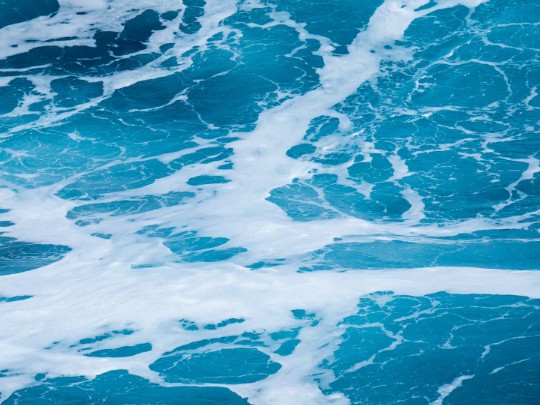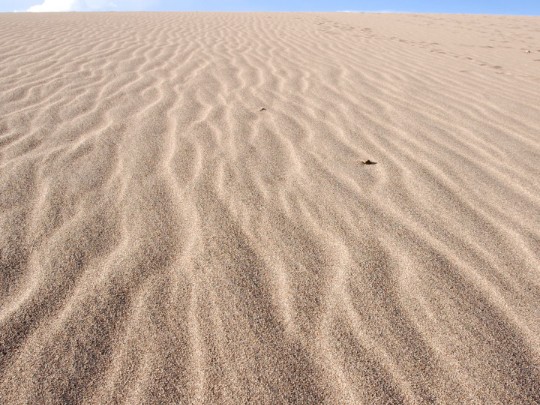Ocean Foam: A Fleeting Dance of Beauty and Physics

The ocean's timeless rhythm is a relentless force, shaping coastlines and captivating our senses. At the heart of this mesmerizing display lies the dynamic interplay of ocean waves and the ephemeral beauty of foam. These fleeting formations aren't mere coincidences; they're intricate demonstrations of physics in action.
As a wave approaches the shore, it slows down, and its height increases, concentrating its energy. This energy culminates in a cascade, creating turbulence and pockets of trapped air. These pockets, swirling within the water, rapidly fill with bubbles – the very genesis of foam.
The captivating color of ocean foam, often a pearly white, is a result of light scattering from countless tiny air bubbles. The way light interacts with these bubbles is a fascinating example of Rayleigh scattering, which explains why the sky is blue and why foam appears white. The more bubbles, the more light is scattered, resulting in a brighter, more luminous appearance.
But foam isn't just about color and light. It's also a testament to the ocean's dynamic processes. The formation of foam depends on factors like wave energy, water salinity, and the presence of organic matter. Stronger waves create more turbulence, leading to more foam. Salinity affects the surface tension of the water, influencing bubble formation. Even the presence of algae and other organic materials can contribute to the foam's texture and longevity.
Observing ocean foam is like witnessing a fleeting work of art, constantly changing and evolving. Each wave brings a new creation, a unique pattern of bubbles and foam that exists only for a moment before being swept away by the next surge. It's a reminder of the ocean’s power and the ephemeral nature of beauty. Take a moment to appreciate the next time you see it – you’re witnessing a remarkable convergence of physics, chemistry, and natural artistry.
Beyond its aesthetic appeal, studying ocean foam provides valuable insights into oceanographic processes. Scientists analyze foam characteristics to understand wave dynamics, surface tension, and the distribution of pollutants in the marine environment. The study of foam is a surprisingly important tool in understanding the health and behavior of our oceans.
So, the next time you stroll along the beach, take a closer look at the foam dancing at the water's edge. It’s more than just bubbles; it’s a glimpse into the intricate workings of our planet’s most vital ecosystem.





